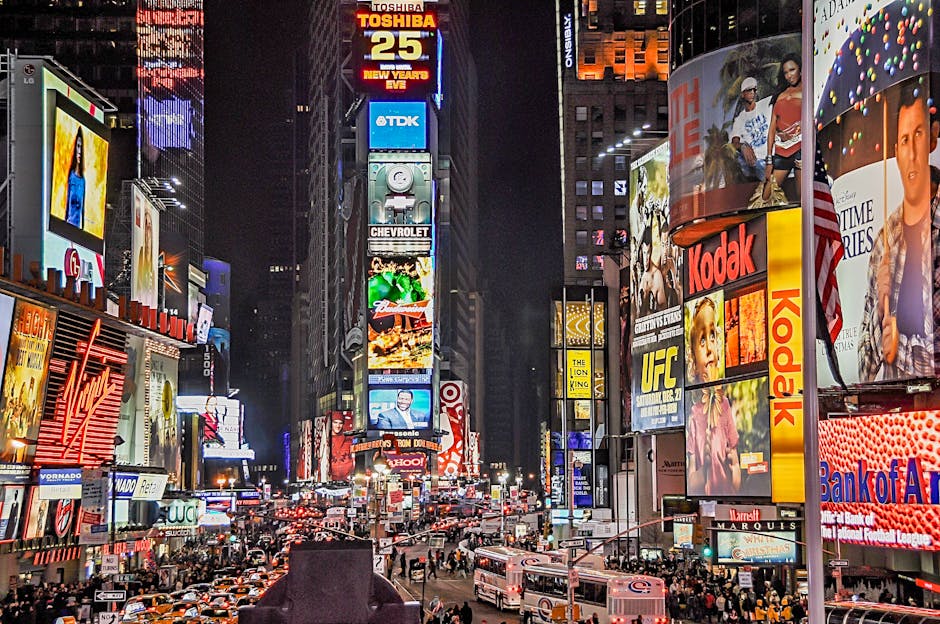Advertising is a pervasive force in our modern world. It's a way for businesses to communicate with potential customers, create awareness about their products or services, and ultimately drive sales. But what exactly is advertising, and how does it work?
Advertising can be defined as any paid form of non-personal communication that promotes an idea, product, or service. It can take many different forms, from traditional print and television ads to digital marketing campaigns on social media and search engines.
The goal of advertising is to persuade consumers to take a specific action, such as purchasing a product, visiting a website, or signing up for a service. To do this, advertisers use a variety of techniques, including:
* **Attention-grabbing headlines and images:** These elements are designed to capture the attention of potential customers and draw them into the ad.
* **Emotional appeals:** Advertisers often use emotional appeals to connect with consumers on a personal level and create a desire for their products or services.
* **Logical arguments:** Advertisers may also use logical arguments to persuade consumers that their products or services are the best choice.
* **Calls to action:** Advertisers typically include a call to action at the end of their ads, which tells consumers what they should do next, such as visiting a website or making a purchase.
Advertising can be a powerful tool for businesses of all sizes. When done effectively, it can help businesses reach their target audience, increase brand awareness, and generate leads and sales.
**The History of Advertising**
The history of advertising can be traced back to ancient times, when merchants used signs and posters to promote their goods and services. In the 18th and 19th centuries, newspapers and magazines became popular platforms for advertising, and in the early 20th century, radio and television advertising emerged.
The development of digital technology in the late 20th and early 21st centuries revolutionized the advertising industry. Digital advertising platforms, such as social media and search engines, allowed businesses to reach their target audience more precisely and cost-effectively than ever before.
**The Future of Advertising**
The future of advertising is bright. As technology continues to develop, advertisers will have access to new and innovative ways to reach their target audience. Artificial intelligence (AI) and virtual reality (VR) are just two of the emerging technologies that are expected to have a major impact on the advertising industry in the years to come.
One of the biggest challenges facing the advertising industry today is the growing use of ad blockers. Ad blockers are software programs that prevent ads from being displayed on websites and apps. As more and more consumers use ad blockers, advertisers will need to find new and creative ways to reach their target audience.
Despite the challenges, the future of advertising looks promising. As technology continues to develop, advertisers will have access to new and innovative ways to reach their target audience and create more effective and engaging advertising campaigns.
